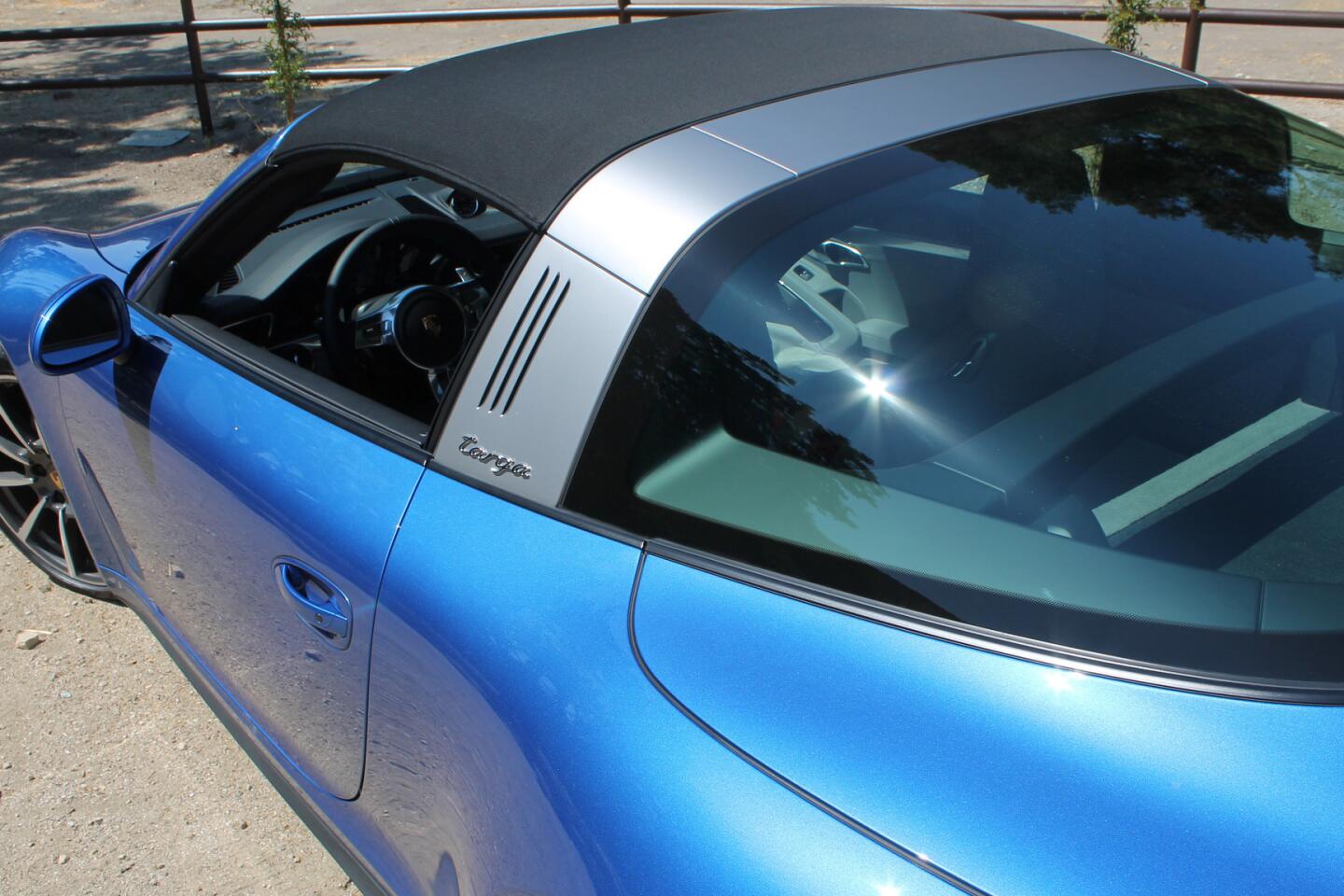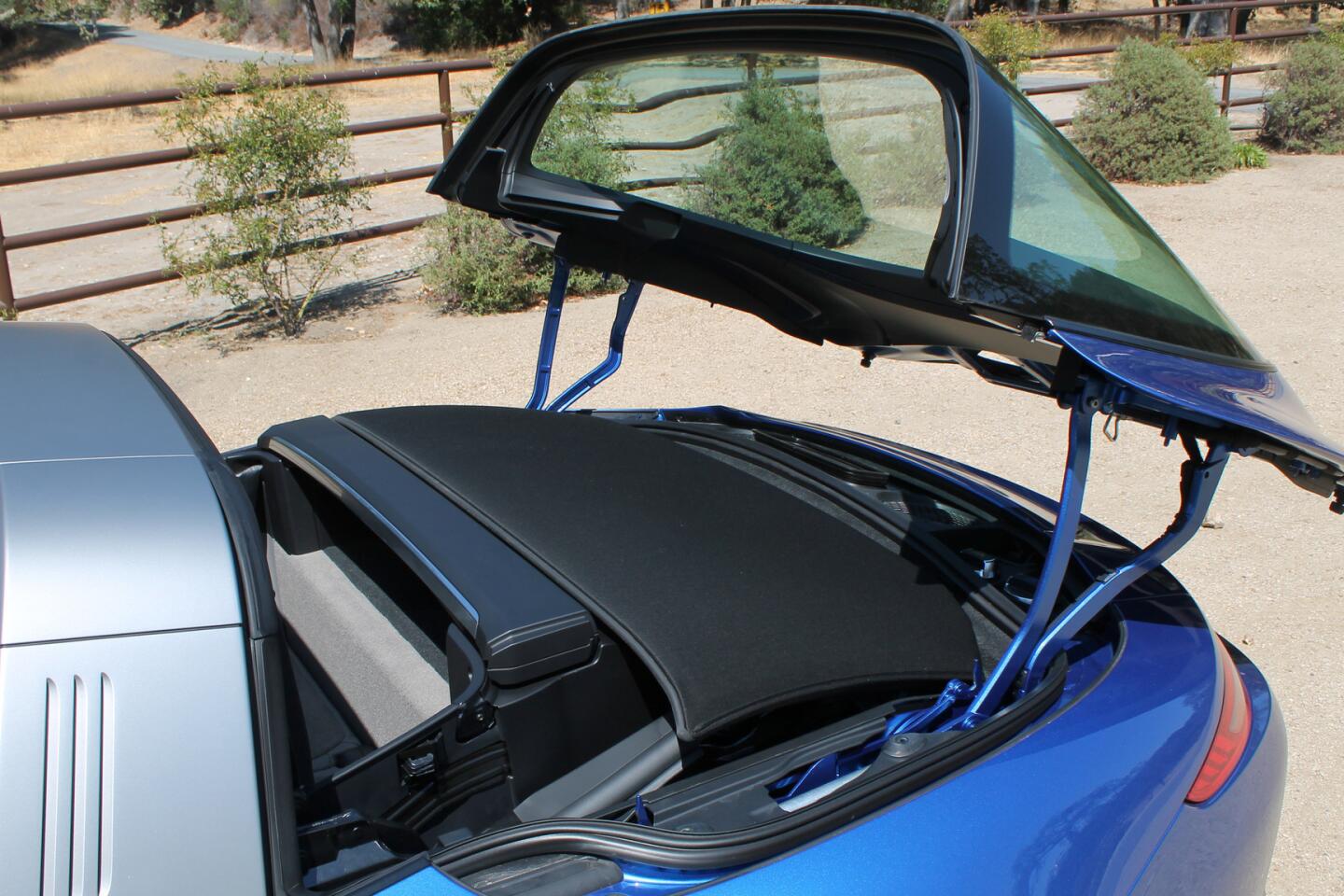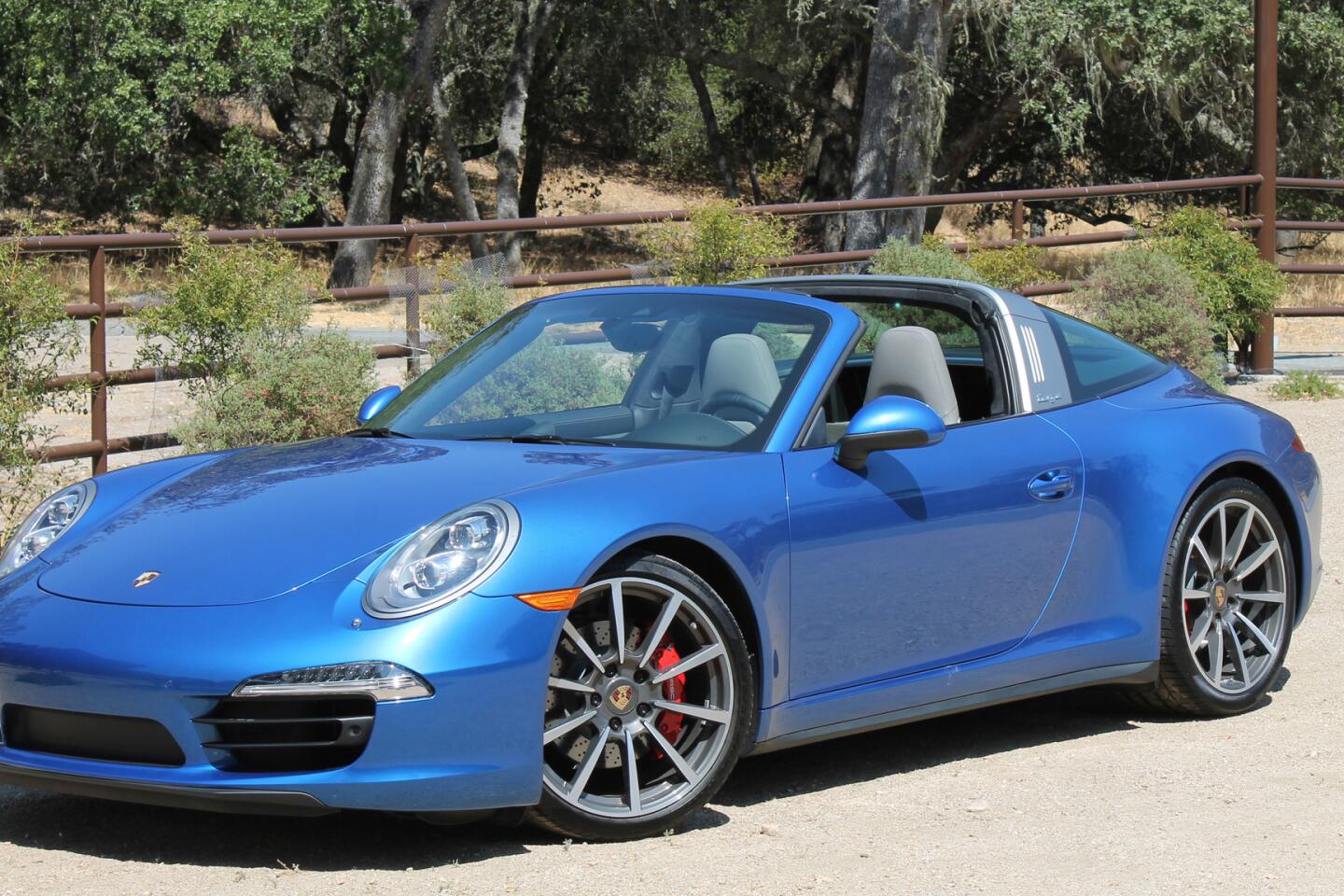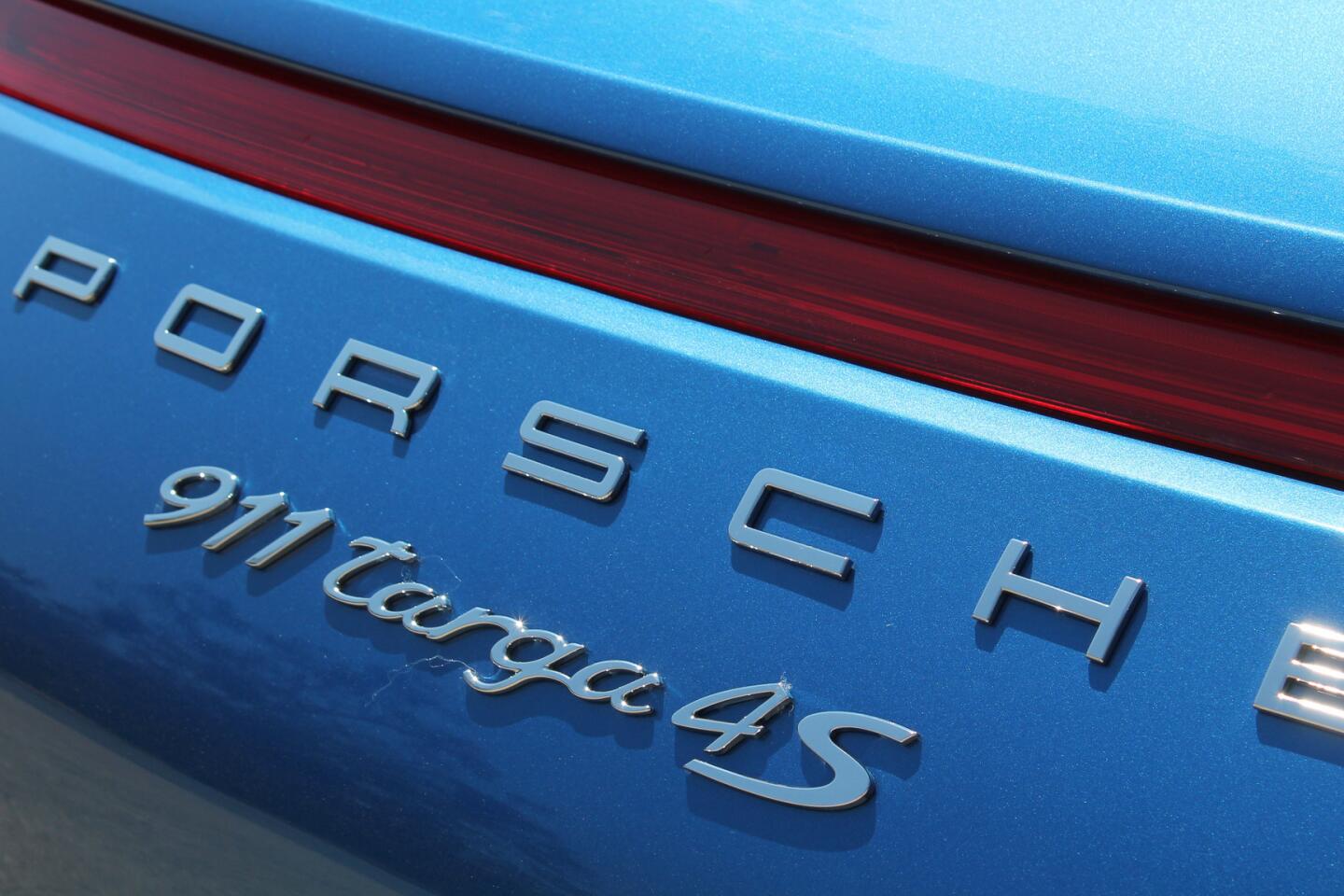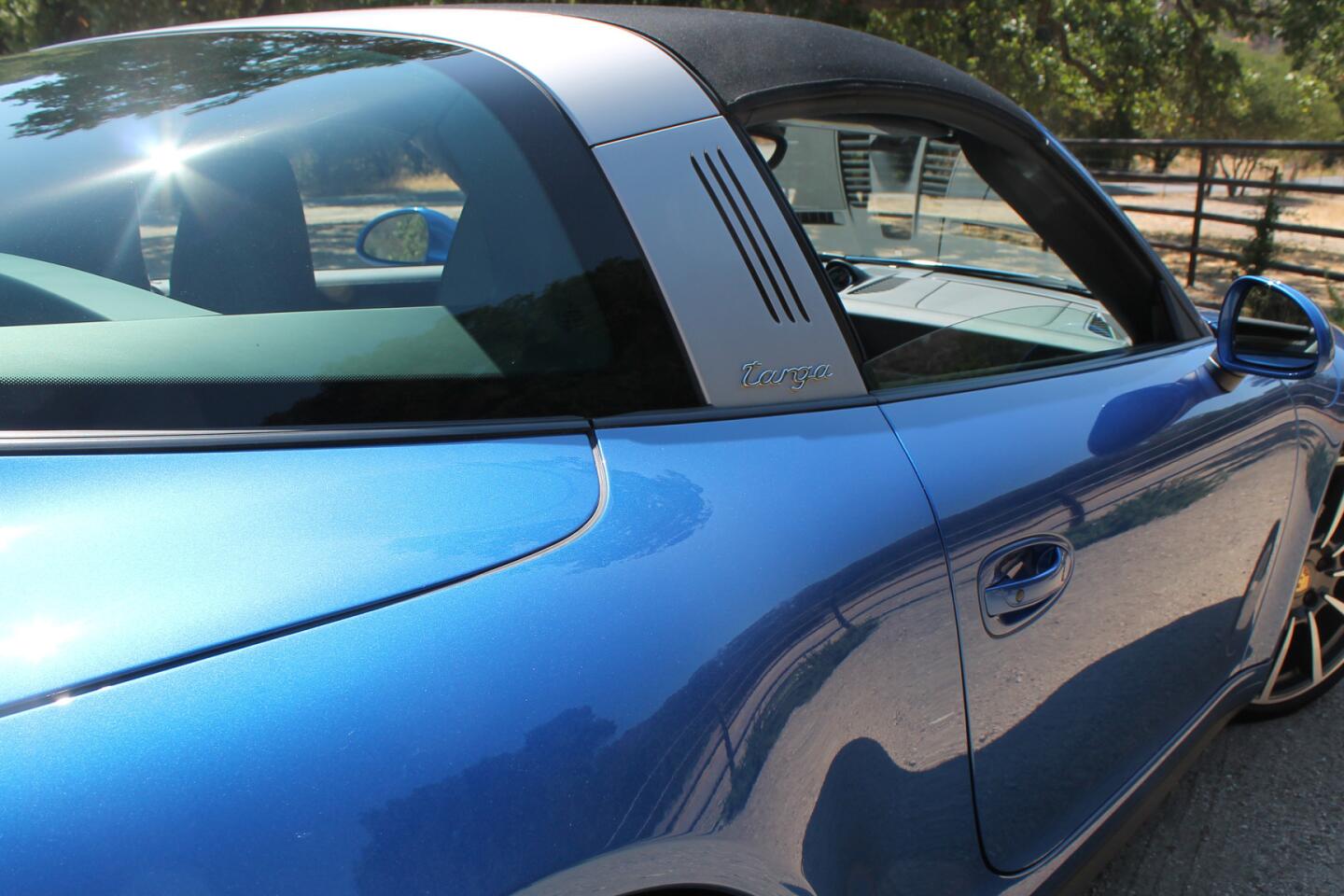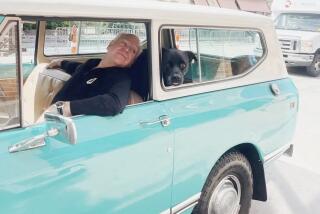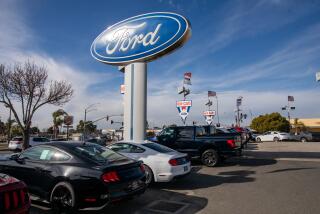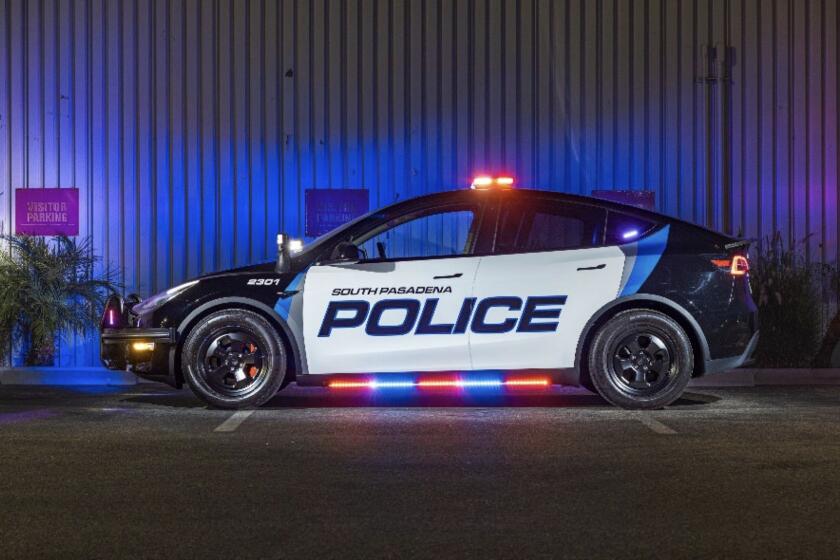Review: Removable roof on Porsche 911 Targa 4S offers California-cool factor
Porsche’s all-new 911 Targa 4S makes you wonder whether its engineers ever get any time off.
You’d think these pocket-protected Poindexters would have been busy enough with the 918 Spyder, one of the fastest and most complicated hybrid supercars in the world.
Same for the Macan, easily the best-handling small crossover around. And don’t forget the 911 Turbo S, one of the most civilized 560 horsepower vehicles on the road today.
Amid all that, Porsche’s engineers also had to create this 2014 911 Targa, with perhaps the most elaborate sunroof in the world.
The Targa has long been a bit of an oddity in the 911 family. Not quite coupe, not quite convertible, it was conceived in the 1960s when automakers feared that true convertibles might be banned for safety concerns (Porsche wouldn’t get around to building a real 911 convertible until the early 1980s.)
The Targa’s hallmark has always been a removable roof section, allowing for open-top cruising, paired with a fixed roll bar behind the driver and passenger for safety.
Early versions had a simple, manually removable roof section and wraparound rear glass window that gave the car a clean, avant-garde look.
In the mid 1990s, Porsche switched to a power-operated glass roof section that slid below the rear window — in essence, a huge sunroof that didn’t have the aesthetic appeal of the original design.
For this latest generation, Porsche mixed automation with heritage.
The 2014 Targa 4 and 4S both feature the same large glass rear window and silver “Targa bar” roll bar of the original models. But the magnesium framed, cloth-covered roof now folds at the touch of a button and stows below the rear glass, behind the passengers, in 19 seconds.
To get it there, the entire rear glass and deck of the 911 pops up and tilts back. Two arms attached to the roof section then guide it up and over the “Targa bar” and into a compartment behind the tiny rear seats. The rear deck and glass then close over it.
It’s complicated work for a simple result. It can be done only when the car is stationary, unlike many convertibles that will fold their roofs at low speeds. And pity the fool stuck holding the repair bill whenever this contraption breaks.
What’s more, when driven hard, the $147,000 sapphire blue metallic Targa 4S we tested still had some of the chassis flex that plagues a regular convertible. So don’t buy this model thinking that you’re getting coupe-like rigidity or a discount over a 911 convertible.
But what the Targa offers that none of its siblings can match is an intangible, California-cool factor. With the top stowed, the silver Targa bar shining in the afternoon sun and the arching rear glass window chasing the driver, this car oozes style in a way that its traditional coupe and convertible siblings do not.
Conversations are easy during open-top motoring. Or drink in the engine sounds that flow into the cabin more easily now that there’s nothing over your head to block them. With the top up, there’s little indication that this isn’t a coupe, save a smidge of wind noise that creeps in around the top of the windows.
Mechanically, the Targa 4 and 4S are identical to their 911 counterparts. (The 4 denotes all-wheel-drive, in Porsche-speak.)
The base model starts at $102,595 and comes with a 3.4-liter, six-cylinder engine that makes 350 horsepower. Our 4S tester comes with the 3.8-liter six that makes 400 horsepower and 325 pound-feet of torque. A seven-speed manual is standard, while our car had the seven-speed PDK dual-clutch transmission as a $4,080 option.
Both Targa models cost $10,000 more than their coupe counterparts, weigh an additional 242 pounds, and run zero to 60 mph 0.3 second slower, at 5 seconds and 4.6 seconds, respectively.
But with 911s easily passing the $100,000 mark, bought by people for whom hard-core performance isn’t a top priority, these roofless models are worth consideration.
Sure, there’s a price for the Targa’s eye-catching and timeless style. But someone has to pay for those engineers’ overtime.
david.undercoffler@latimes.com

